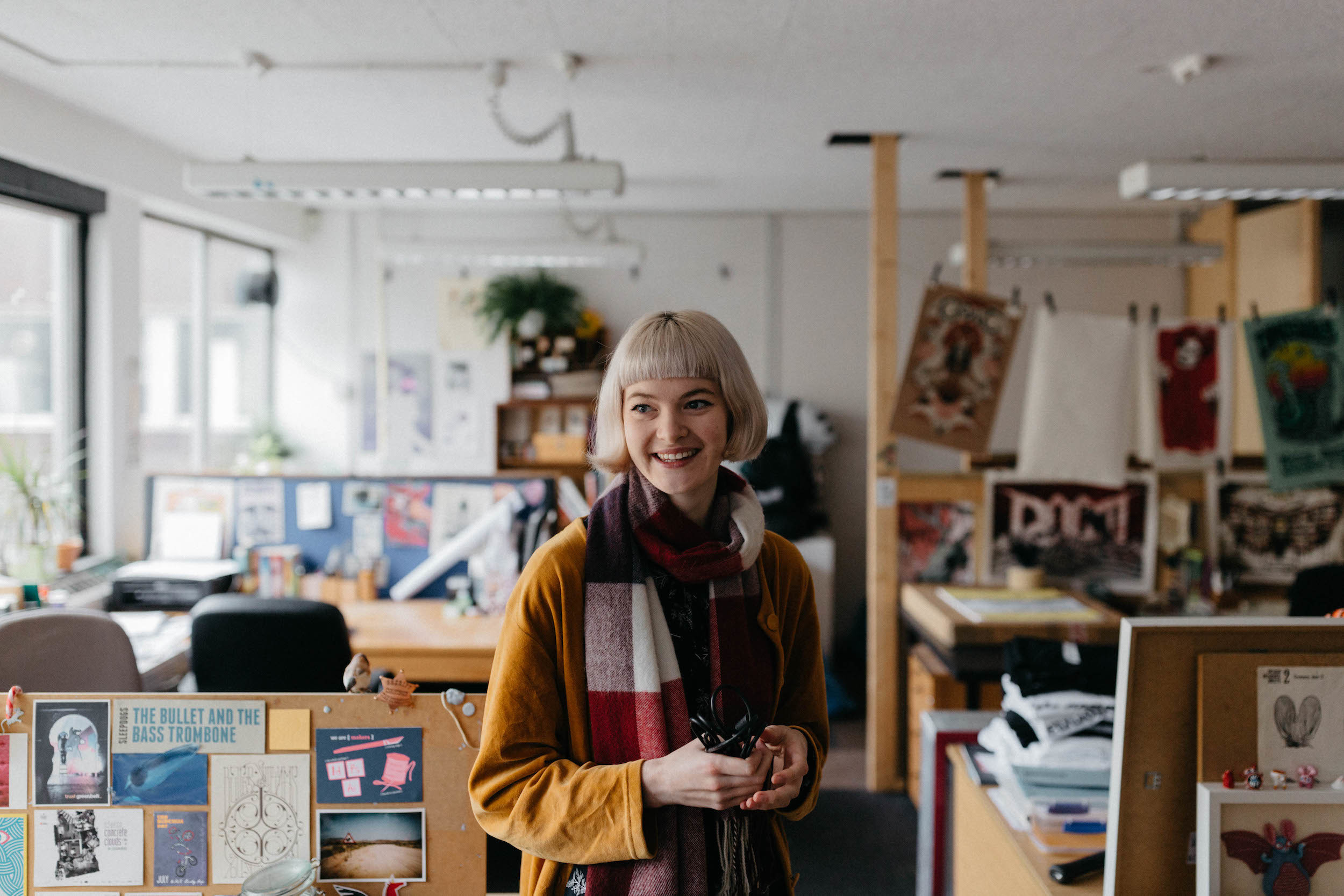
Freya Hartas
Children's Illustrator
How and why did you decide to pursue illustration as your career?
I sometimes wonder if I made the ‘decision’ to become an illustrator or if it was just inevitable growing up in such a creative cocoon. The eccentric creative gene runs pretty strong in my family, not only are there three illustrators but also a sculptor, a painter, a bunch of musicians and art teachers in the mix. I had seen my dad and my grandpa’s drawings in books and knew that I wanted my own drawings in a book one day. Why illustration? Just like my dad and grandpa, I have a built-in itch to draw and probably wouldn’t be happy if I was doing anything else.
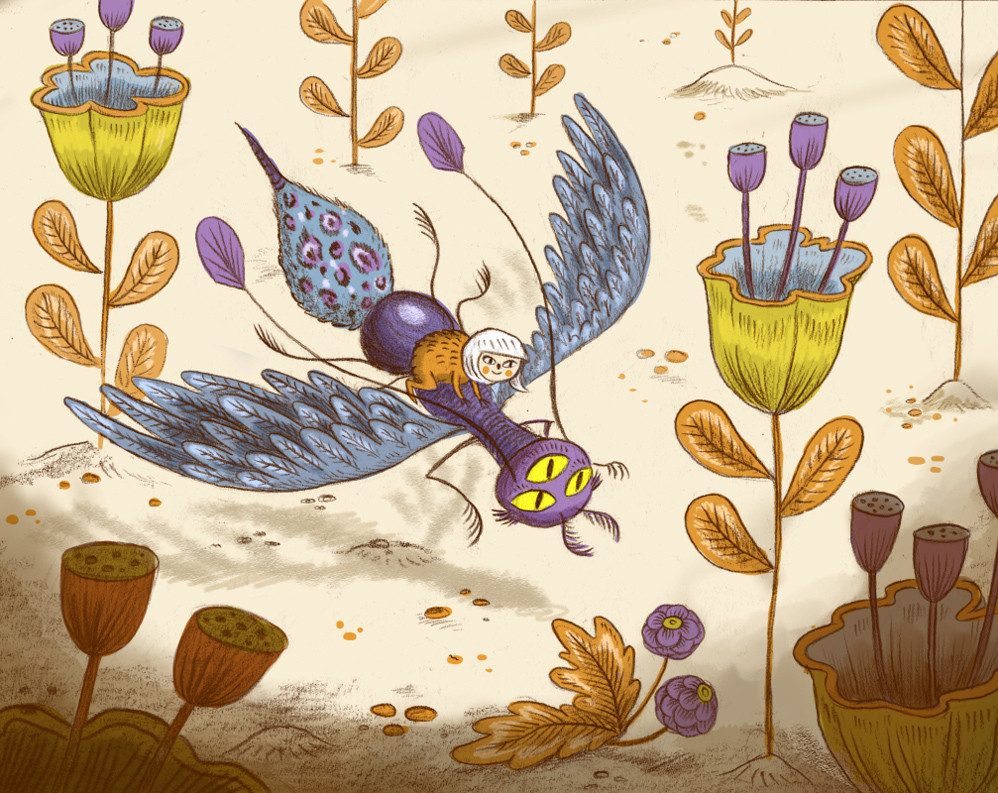
Did you attend art school or undertake any other formal artistic training?
I studied on the BA illustration course at Falmouth University, surrounded by tropical gardens and the idyllic Cornish seaside. Our student flat was above a pasty shop on the high street and every Sunday we were woken from our hangovers by the town marching band. It wasn’t the usual university experience but I loved it all the same.
Who or what have been some of your major artistic influences?
Tove Jansson the creator of the whimsical Moomins stories, Ronald Searl and his mischievous St Trinians girls, Studio Gibli films, dark fairytales, old natural history illustrations, Sydney Sime’s monster drawings, creepy forests and tiny rodents.

Which books from your own childhood really stand out?
I had lots of favourite books as a child, some of them I can’t remember the title or the name of the author but can remember the drawings and narratives as if they were etched into my memory. Some of the titles I do remember are Janet and Allan Ahlberg’s books with the friendly characters in Burglar Bill and Janet’s charming illustrations of the messy house in Peepo (very like my own home growing up). Another of my favourites was Richard Scarry’s Busy Busy World, his cheeky animal characters and busy scenes have been an influence on my own work today.
Do you keep a sketch book?
I go through phases of keeping a sketchbook. If I have a lot of work on the sketchbook sometimes gets neglected because I need a bit of mindless tv in the evenings to wind down. I’m always happier when I do have time to keep a sketchbook though, it’s a place where I can doodle out my own ideas and brew up stories, some for future books and some just little mind wonderings of the moment. I like to look back through old sketchbooks, similar to that of a diary they document your train of thought through the years and show how your style has improved and changed over time.

How many times do you tend to draw a character until you are happy with it?
I think that strangely depends on who the character is, some characters emerge fully formed in the first sketch but other more stubborn characters take a little while to show their full personality. Sometimes I’ll be doodling in the margins and a little person or animal will appear, just begging to be in a picture book of their own.

Take us behind the scenes and describe your studio / workspace.
I have lots of little creatures on my desk that like to keep an eye on me while I work to check I’m not scrolling on Instagram too much. There’s a wall calendar pinned to my cork board with all my deadlines planned out so that I have a visual representation of my project schedule. My pens, pencils and paint brushes are stored in an old, rather elaborate Dayler Rowney pencil rack that I found in my parent’s garage, it now steals centre stage on my desk and actually gets quite a few compliments from the other illustrators in my studio (it’s funny the things that catch an illustrator’s eye).

Outline your dream project.
I've always had a secret wish to write and illustrate a horribly dark fairytale of my own making. You know, with gnarly old witches who eat children and giant monsters who live at the bottom of bogs, feeding on the souls of lost travellers, that kind of thing.
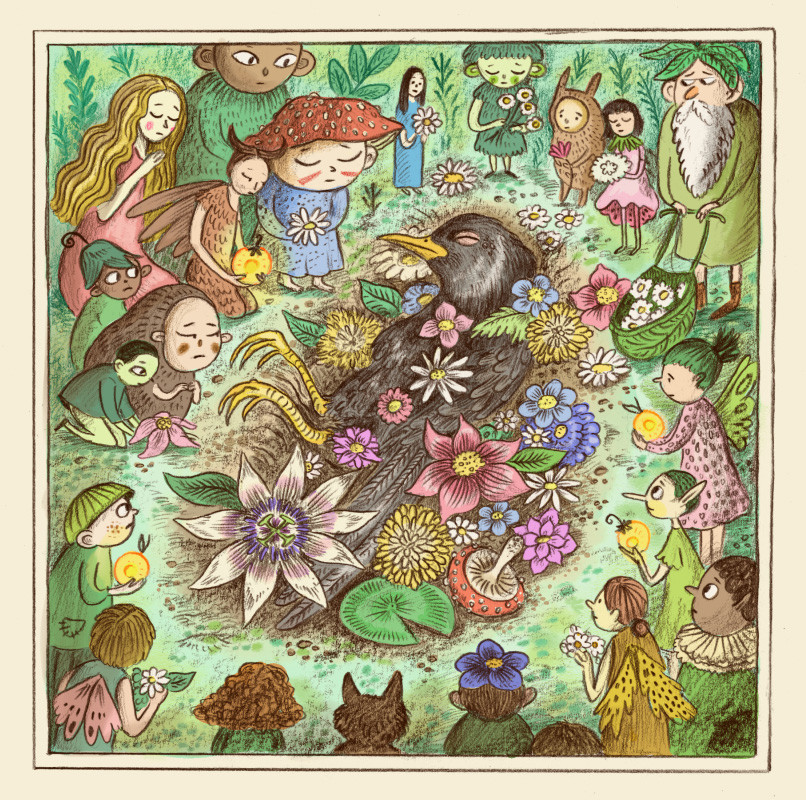
Talk us through the process of creating one of your latest illustrations or books.
The process always starts with a couple of terribly drawn thumbnail sketches that only I can understand, they help me work out different compositions really quickly. I then work up a rough to the dimensions I’ve been given in the brief, this rough has to be clear so that the editor will have an idea of what’s going on in the image. Any edits will be done at the rough stage, I’ll then work up a final drawing in pencil on the lightbox, scan it in and add the colour in Photoshop.
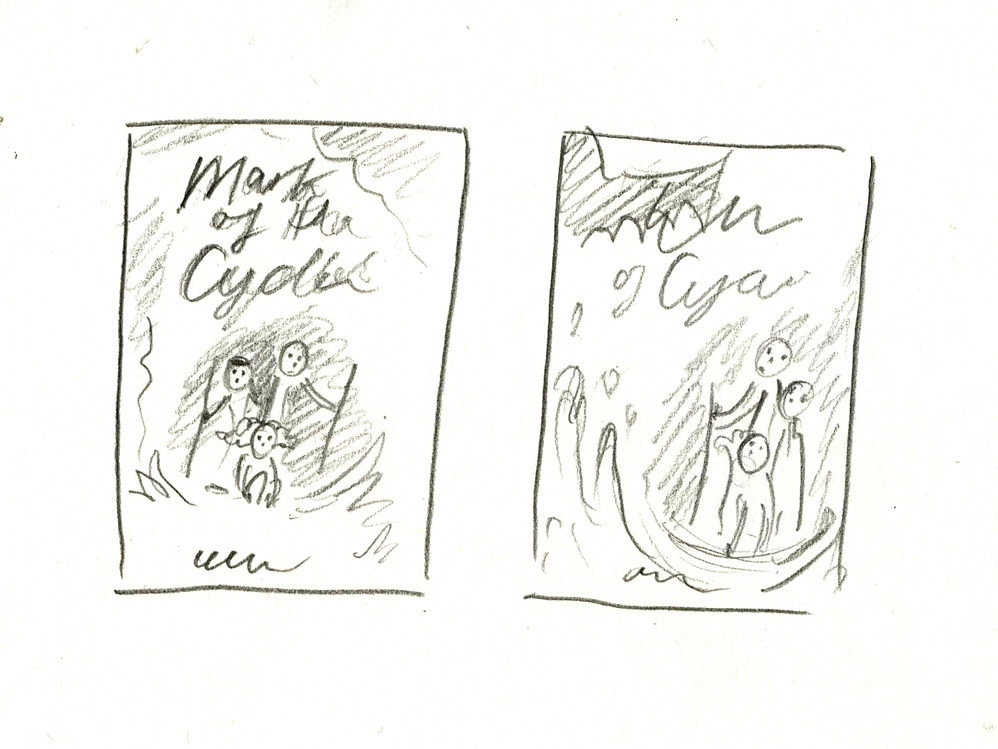


What are some of your favourite subjects to draw?
I love to draw all forms of tiny creatures, real and imagined in leafy landscapes and underground burrows. Aliens in their lumpy, moon rock habitats are another favourite, oh, and little kids with giant hairstyles.
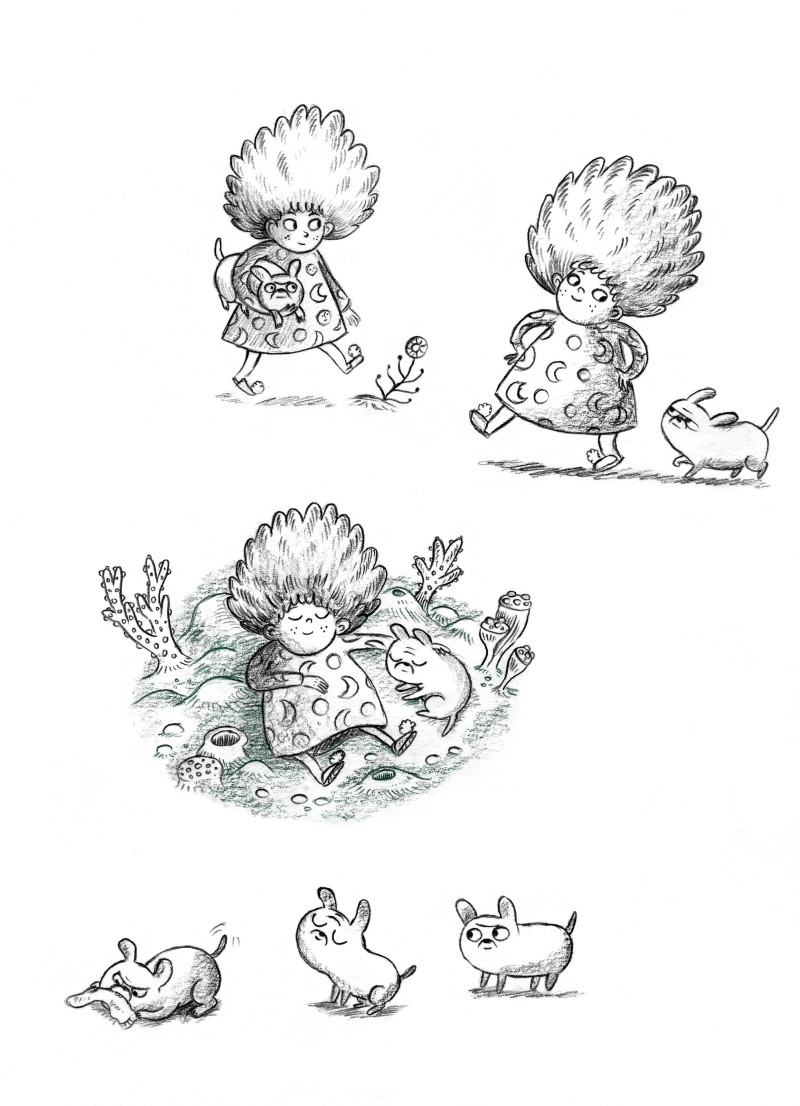
What advice would you offer someone just starting out as a children’s illustrator?
I still feel like I’m just starting out as a children’s illustrator. There is one thing I wish I hadn’t worried about so much (and still worry about now if I’m honest) and that is style, I sometimes worry that my style isn’t ‘cool’ enough, but really I think that chasing after a trendy style would not be helpful in the long run, trends come and go. It is so important in children’s illustration to convey relatable, real characters and good narratives, when you’ve got this down your own personal style is sure to emerge.
How important is it for you to be part of a creative community of people?
Very important, my studio cronies at Hamilton House in Bristol are like a great big family of illustrators.
